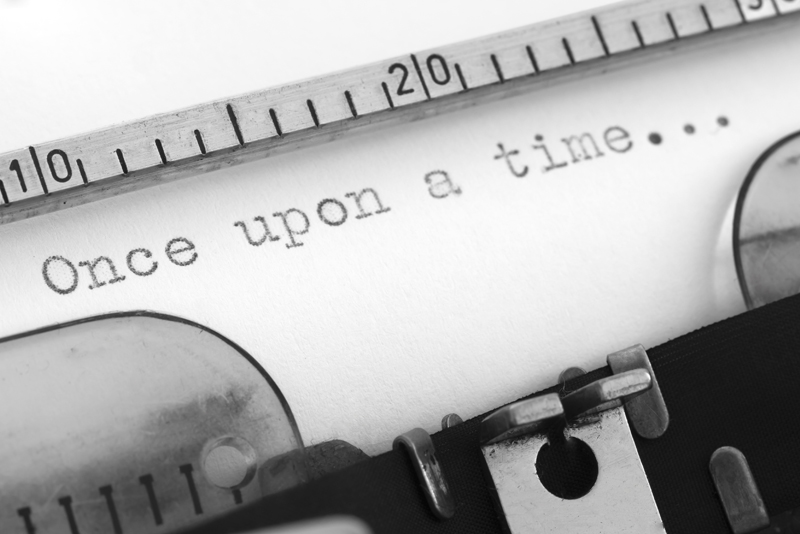Are You Invisible?

What is most enjoyable about Ralph Ellison’s classic novel, The Invisible Man is that this fifty six year old novel is still very relevant to the African American experience today. The struggle to keep from feeling invisible to others is something we all experience. There are times when we all feel as nameless as the protagonist of Ellison’s story.
When Ellison’s protagonist declares in the prologue “I am an invisible man…I am invisible, simply because people refuse to see me”, this cuts to the heart of what many individuals have felt at some point. Because of the refusal of others to see him, the tale begins with the narrator in a self-imposed exile underground. He steals electricity and spends his days listening to Louis Armstrong’s “What Did I Do to Be So Black and Blue?” We find that he has exiled himself from the world in order to write the story of his life and tell others about how he discovered his invisibility.
We learn in the beginning of the story that the narrator is a gifted public speaker. He lived in the South during the 20s and 30s. He gets invited to speak in front of some important white men in town. Despite his gift, the white men force him to fight in a battle against other young black men while blindfolded. After the humiliating experience, the white men give him a briefcase that contains a scholarship to a high profile black college. The narrator has a dream later on where he looks at the scholarship and it says, “To Whom It May Concern…Keep this nigger boy running.” How often do we find that even if we have wonderful gifts, they are ignored by people who only want to see us a certain way?
While at college, the narrator runs into trouble when he escorts a wealthy white trustee around the campus. He takes the trustee to a bar frequented by black veterans and prostitutes. A fight breaks out and the trustee is injured. The college president learns of the incident at the bar and expels the narrator. He tells the narrator that he should have shown the trustee the ideal version of black life.
African Americans often find that, consciously or not, people have many preconceived notions of Black life. Some people do not think of how varied the lives of African Americans are. It is neither just what is portrayed in movies such as Boys in the Hood, nor is it like the life of the Cosby’s. It is everything in between. There is no “ideal” version of Black life. There is no singular identity for the African American Community.
Eventually the narrator of The Invisible Man ends up in Harlem and involved with a group called the Brotherhood. He finds that the Brotherhood is a political organization that claims to work to help the oppressed. The narrator joins the Brotherhood and becomes a well-known speaker within the group. However, he soon encounters problems from within the group and from without. As the narrator’s popularity grows, he receives an anonymous note telling him to remember his place. He also makes an enemy of a black nationalist who despises the fact that the Brotherhood is integrated.
There are many times in our institutions, organizations, and churches where we find that the face presented to the world is not the true face of the organization at all. This is true is some of our churches. The church is the backbone of the African American community but while many churches help the homeless and do many good things in the community, some unfortunately become more involved in interchurch fighting, and the need for personal acknowledgement. The true purpose and identity of the church is lost due to human frailty. Thankfully, there are more good things going on in churches than bad.
Over time, the situation with the Brotherhood and its members becomes worse. A member of the group ends up a peddler on the street and following a confrontation with the police, the young man is murdered. When the narrator takes it upon himself to plan a funeral for the fallen man, he is chastised for not building on the “momentum” of the young man’s death. How often do we hear the term “no good deed goes unpunished” or “your good will be evil spoken of”?
When the narrator angers Ras, the nationalist sends his men to attack the narrator and our protagonist is forced to disguise himself. As he does, he is mistaken for a seedy street hustler names Rinehart.
By the end of the tale, a riot has erupted in Harlem and when the narrator is chased by the police, he falls into a manhole. This is where he remains.
Throughout the tale, the narrator has no identity. No one sees him. He is invisible. The only identity he has is the one others place on him. Whether it is white men who consider him an animal, the women who want him to fulfill their fantasies about black men, or other African Americans who want him to be their mouthpiece and not an individual, identity is a garment that others throw on him when it suits their needs.
There is hope at the end of the tale where, by writing his story, he realizes that he must honor and remain true to his own identity. He realizes that he can still honor the community and honor himself at the same time. This powerful revelation makes him realize that he can finally come out from underground.
This is a powerful lesson for all African Americans. No matter what the world thinks, or even what people close to us think, we are individuals with our own identity. We have to honor that always. We cannot allow ourselves to be invisible.
When Ellison’s protagonist declares in the prologue “I am an invisible man…I am invisible, simply because people refuse to see me”, this cuts to the heart of what many individuals have felt at some point. Because of the refusal of others to see him, the tale begins with the narrator in a self-imposed exile underground. He steals electricity and spends his days listening to Louis Armstrong’s “What Did I Do to Be So Black and Blue?” We find that he has exiled himself from the world in order to write the story of his life and tell others about how he discovered his invisibility.
We learn in the beginning of the story that the narrator is a gifted public speaker. He lived in the South during the 20s and 30s. He gets invited to speak in front of some important white men in town. Despite his gift, the white men force him to fight in a battle against other young black men while blindfolded. After the humiliating experience, the white men give him a briefcase that contains a scholarship to a high profile black college. The narrator has a dream later on where he looks at the scholarship and it says, “To Whom It May Concern…Keep this nigger boy running.” How often do we find that even if we have wonderful gifts, they are ignored by people who only want to see us a certain way?
While at college, the narrator runs into trouble when he escorts a wealthy white trustee around the campus. He takes the trustee to a bar frequented by black veterans and prostitutes. A fight breaks out and the trustee is injured. The college president learns of the incident at the bar and expels the narrator. He tells the narrator that he should have shown the trustee the ideal version of black life.
African Americans often find that, consciously or not, people have many preconceived notions of Black life. Some people do not think of how varied the lives of African Americans are. It is neither just what is portrayed in movies such as Boys in the Hood, nor is it like the life of the Cosby’s. It is everything in between. There is no “ideal” version of Black life. There is no singular identity for the African American Community.
Eventually the narrator of The Invisible Man ends up in Harlem and involved with a group called the Brotherhood. He finds that the Brotherhood is a political organization that claims to work to help the oppressed. The narrator joins the Brotherhood and becomes a well-known speaker within the group. However, he soon encounters problems from within the group and from without. As the narrator’s popularity grows, he receives an anonymous note telling him to remember his place. He also makes an enemy of a black nationalist who despises the fact that the Brotherhood is integrated.
There are many times in our institutions, organizations, and churches where we find that the face presented to the world is not the true face of the organization at all. This is true is some of our churches. The church is the backbone of the African American community but while many churches help the homeless and do many good things in the community, some unfortunately become more involved in interchurch fighting, and the need for personal acknowledgement. The true purpose and identity of the church is lost due to human frailty. Thankfully, there are more good things going on in churches than bad.
Over time, the situation with the Brotherhood and its members becomes worse. A member of the group ends up a peddler on the street and following a confrontation with the police, the young man is murdered. When the narrator takes it upon himself to plan a funeral for the fallen man, he is chastised for not building on the “momentum” of the young man’s death. How often do we hear the term “no good deed goes unpunished” or “your good will be evil spoken of”?
When the narrator angers Ras, the nationalist sends his men to attack the narrator and our protagonist is forced to disguise himself. As he does, he is mistaken for a seedy street hustler names Rinehart.
By the end of the tale, a riot has erupted in Harlem and when the narrator is chased by the police, he falls into a manhole. This is where he remains.
Throughout the tale, the narrator has no identity. No one sees him. He is invisible. The only identity he has is the one others place on him. Whether it is white men who consider him an animal, the women who want him to fulfill their fantasies about black men, or other African Americans who want him to be their mouthpiece and not an individual, identity is a garment that others throw on him when it suits their needs.
There is hope at the end of the tale where, by writing his story, he realizes that he must honor and remain true to his own identity. He realizes that he can still honor the community and honor himself at the same time. This powerful revelation makes him realize that he can finally come out from underground.
This is a powerful lesson for all African Americans. No matter what the world thinks, or even what people close to us think, we are individuals with our own identity. We have to honor that always. We cannot allow ourselves to be invisible.

Related Articles
Editor's Picks Articles
Top Ten Articles
Previous Features
Site Map
Content copyright © 2023 by Sonya L. Wilson. All rights reserved.
This content was written by Sonya L. Wilson. If you wish to use this content in any manner, you need written permission. Contact Nina Guilbeau for details.







